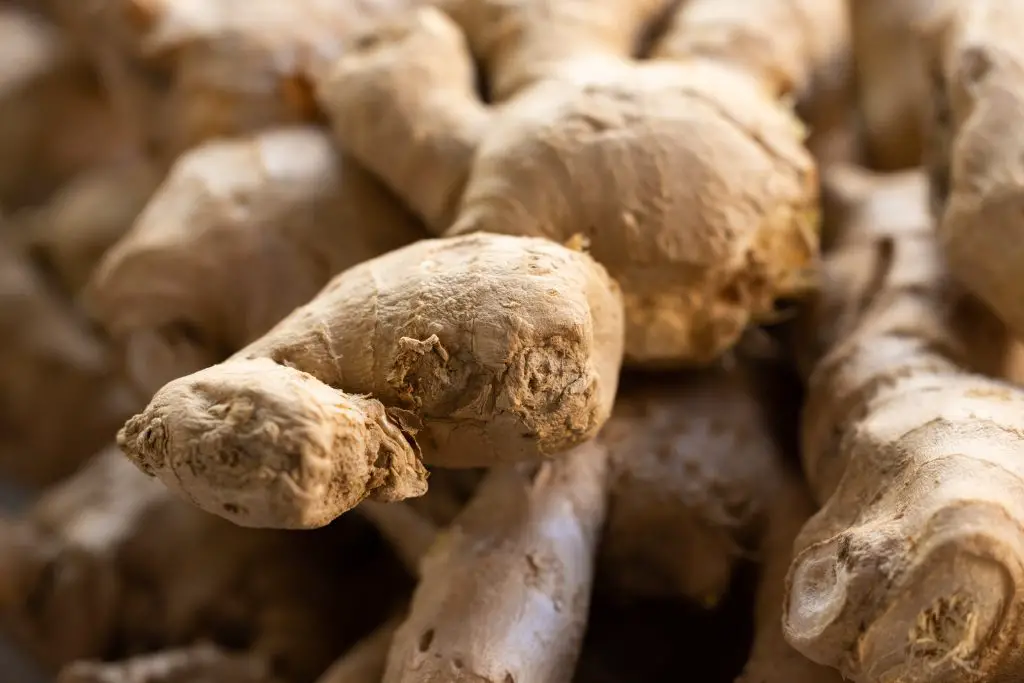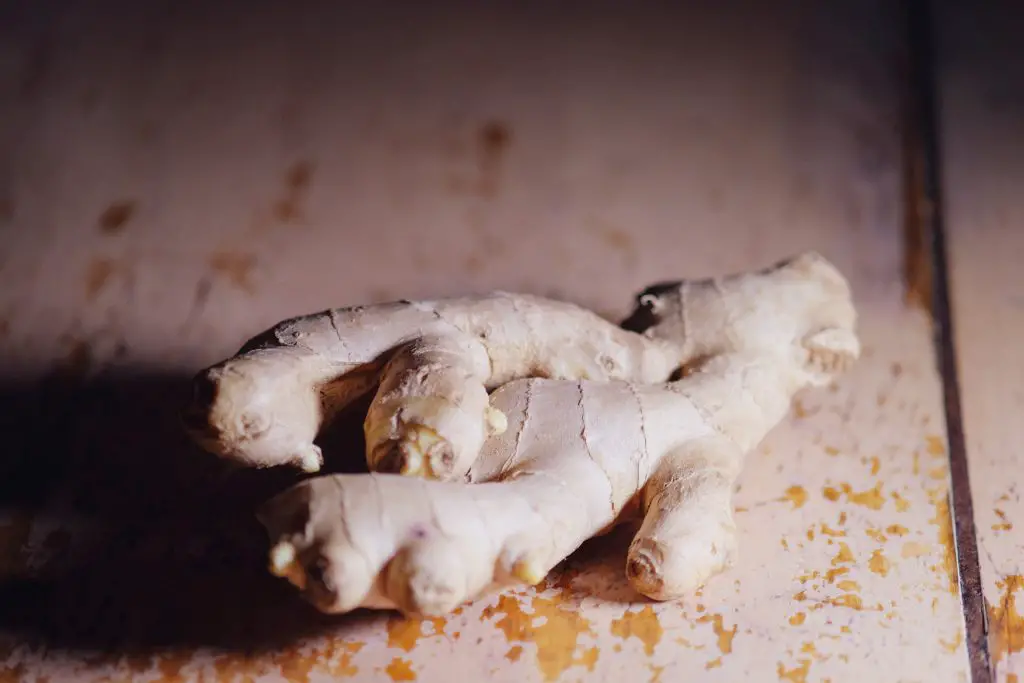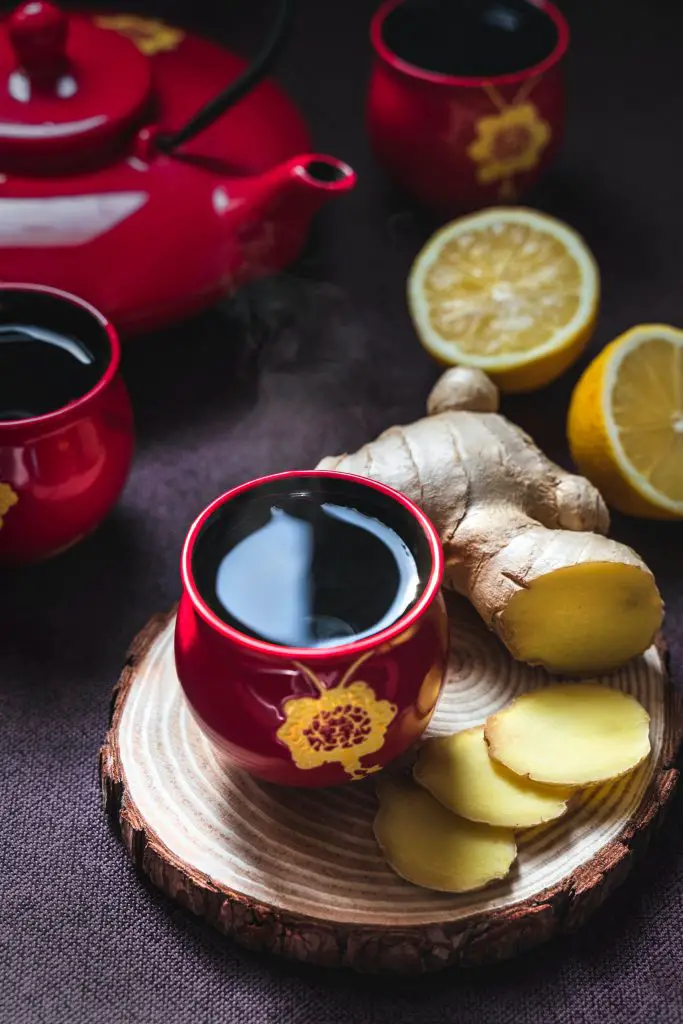Does Ginger Grow Underground? Ginger is a popular spice that is used all over the world to flavor a range of drinks and foods. The spice itself can be purchased in the supermarket as a fresh herb or as a processed spice. However, one of the common questions that people sometimes ask is how is ginger grown? Does it grow above ground or below ground?
Ginger rhizomes are grown below ground in the garden which is the section of a plant that we eat. However, the rhizomes do produce green shoots and leaves that are similar to a canna lily’s green shoots above ground. Ginger is generally grown commercially in relatively warm climates but it is surprisingly resistant to cold temperatures which means there are many locations where you can grow your own ginger from home.
If you would like to do this you do not need to go to a specialist garden center to buy ginger root you can simply use rhizomes which are available at the supermarket as a fresh herb to start the plant off.
If you are planning to do this it is important to select a plump section of the rhizome from the supermarket as that is more likely to grow successfully. In some cases, if you are lucky you may even be able to get a section of rhizome that has already begun to shoot, which is absolutely ideal.

How To Plant Ginger From The Supermarket
Ginger is a relatively straightforward plant to grow and will require relatively little maintenance once you planted it into the garden. To start the plant off select a section of the rhizome that is approximately 2 inches wide and relatively plump.
Place the section of the rhizome into the garden in a location that receives either dappled shade or only the morning sun, as the hot afternoon sun will dry the plant out too much. The rhizome should be planted at a depth of approximately 2 inches in a horizontal position. Once it is in position then cover the rhizome over with soil and then apply a layer of mulch that is 2 to 4 inches thick.
In terms of soil conditions, the rhizomes require rich moist, and free-draining soil that has plenty of nutrients. To provide the plant with this is it is advisable to dig in a bag of compost before you place the rhizome in the ground.
The planting of the rhizomes should ideally be done in early to mid-spring when the weather is just starting to warm up. In terms of the locations where the ginger can be grown most gingers are surprisingly hardy in cooler temperatures with many of them being able to survive down to zone 7.
Once planted in the ground there is very little to do in terms of looking after them other than watering them regularly and ensuring the area remains weed-free.
Once the plant is in the garden it will progressively produce lots of green shoots that are between 2 and 4 ft tall throughout the summer before producing a flower. The foliage will then die back In the Autumn completely.

Harvesting Ginger
Once the foliage has died back that is an indication that the ginger is ready to harvest. However, to ensure that you do not damage the rhizomes it is best to dig gently around the outside of the zone where the rhizomes are and lever the rhizomes out with a spade or fork. The rhizomes will generally be at a relatively shallow depth within the soil and can easily be removed without too much fuss.
Once the ginger root has been harvested it is best to select the highest quality ginger rhizomes for replanting for next year. In cases where you are living in a relatively mild region, the ginger rhizomes can be replanted immediately provided that the soil does not get too soggy.
Alternatively, these selected rhizomes can be put aside in a cool dark location that is relatively well ventilated until they are needed for planting the following spring.

Storing Ginger For Use In The Kitchen
There are a couple of methods that are commonly used to maximize the shelf life of the ginger in your kitchen. One of the methods that we recommend is storing the ginger in the crisper drawer of the refrigerator with the skin on as this will extend the shelf life of the ginger.
However, the other alternative is to store the ginger in the freezer and then bring it out and grate the frozen ginger rhizome when you need it. This will mean that you can store ginger indefinitely and always have it on hand when you need it in the kitchen.
I hope that you found this article useful and have great success growing your own ginger at home if you have any questions or comments please leave them in the section below.
Relevant Articles
What Is Ginger A Root Or Stem?
Garlic Clove Vs Bulb: Are They The Same Thing?
How Many Cloves In A Head Of Garlic?
